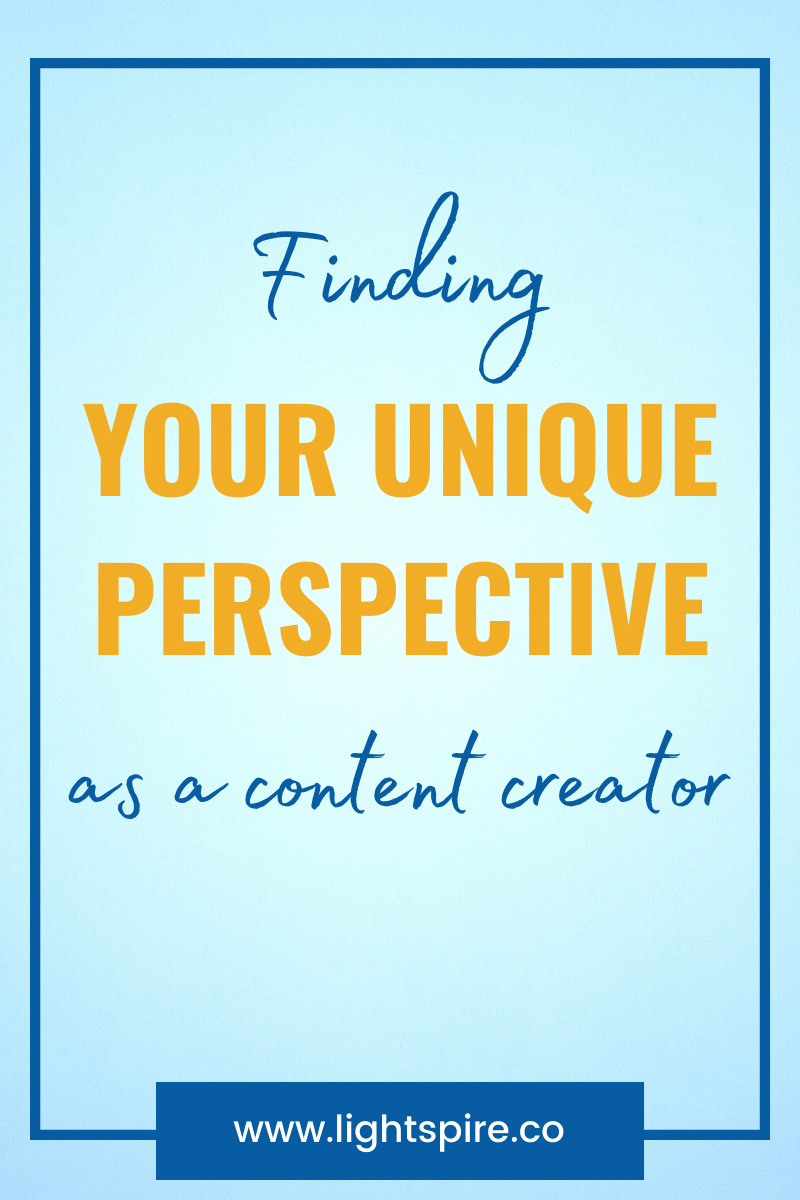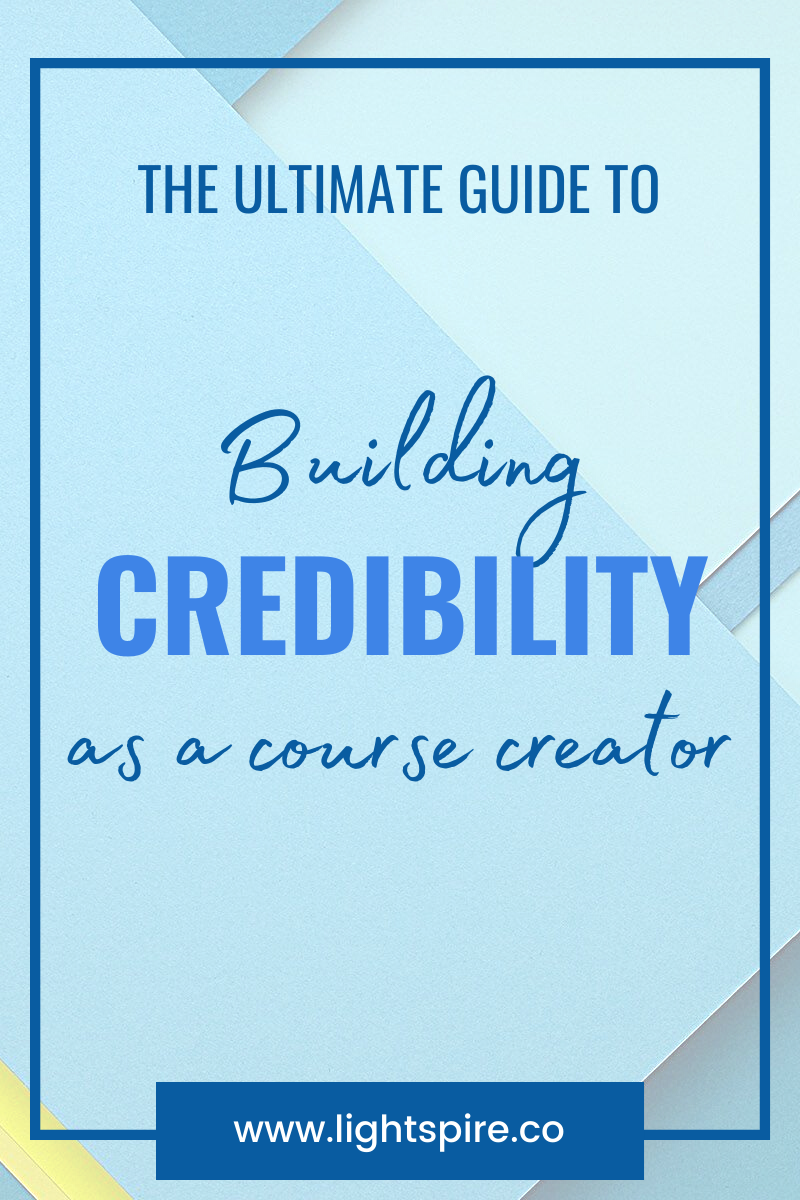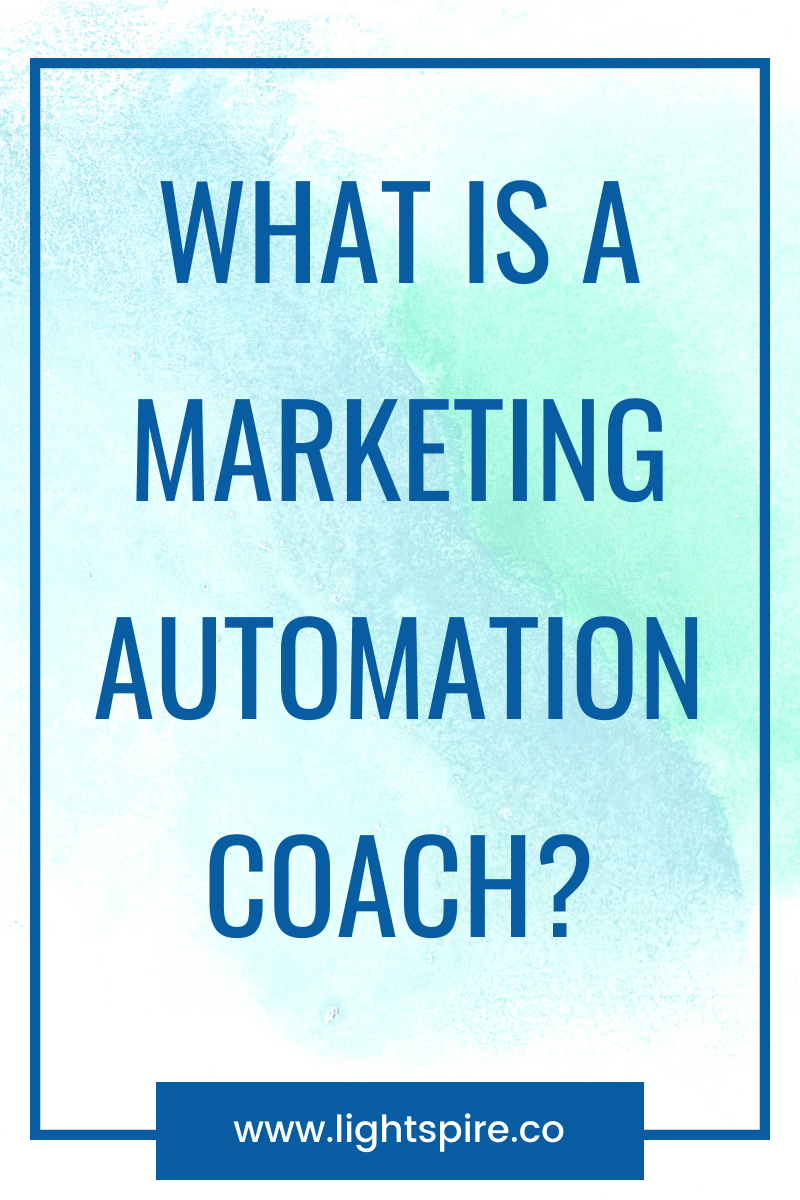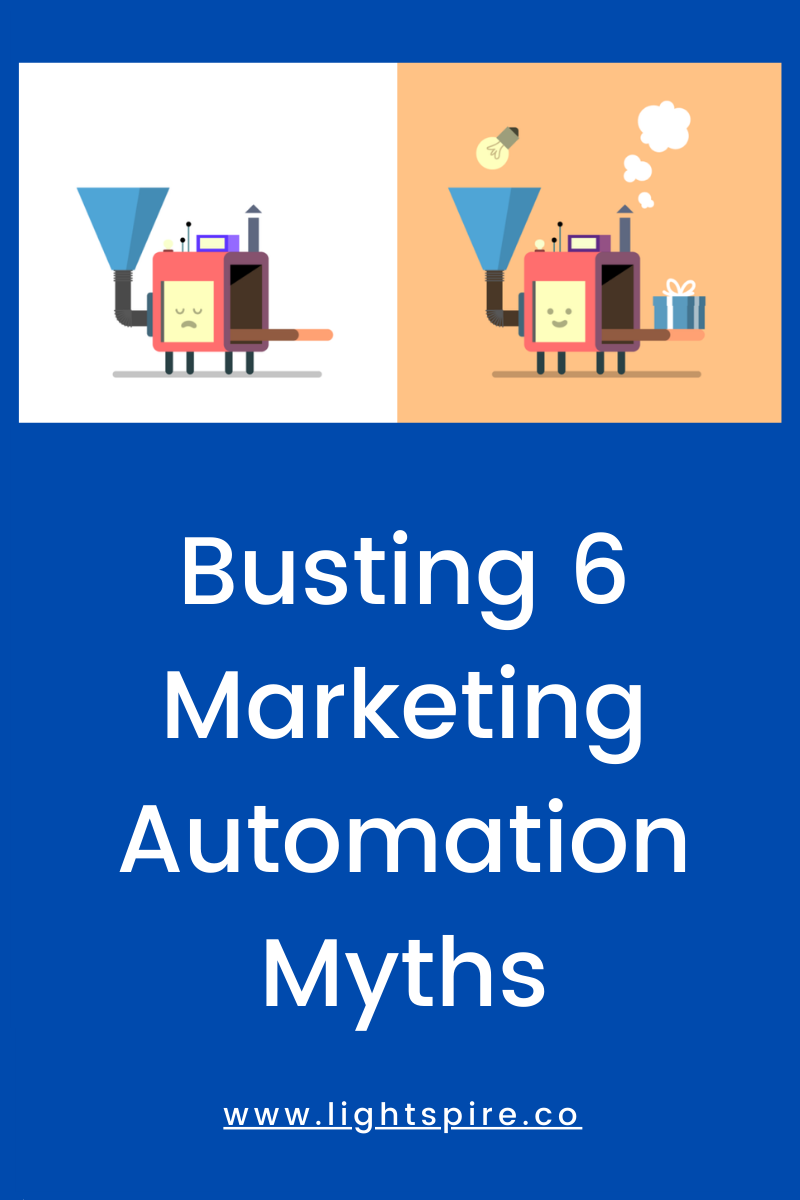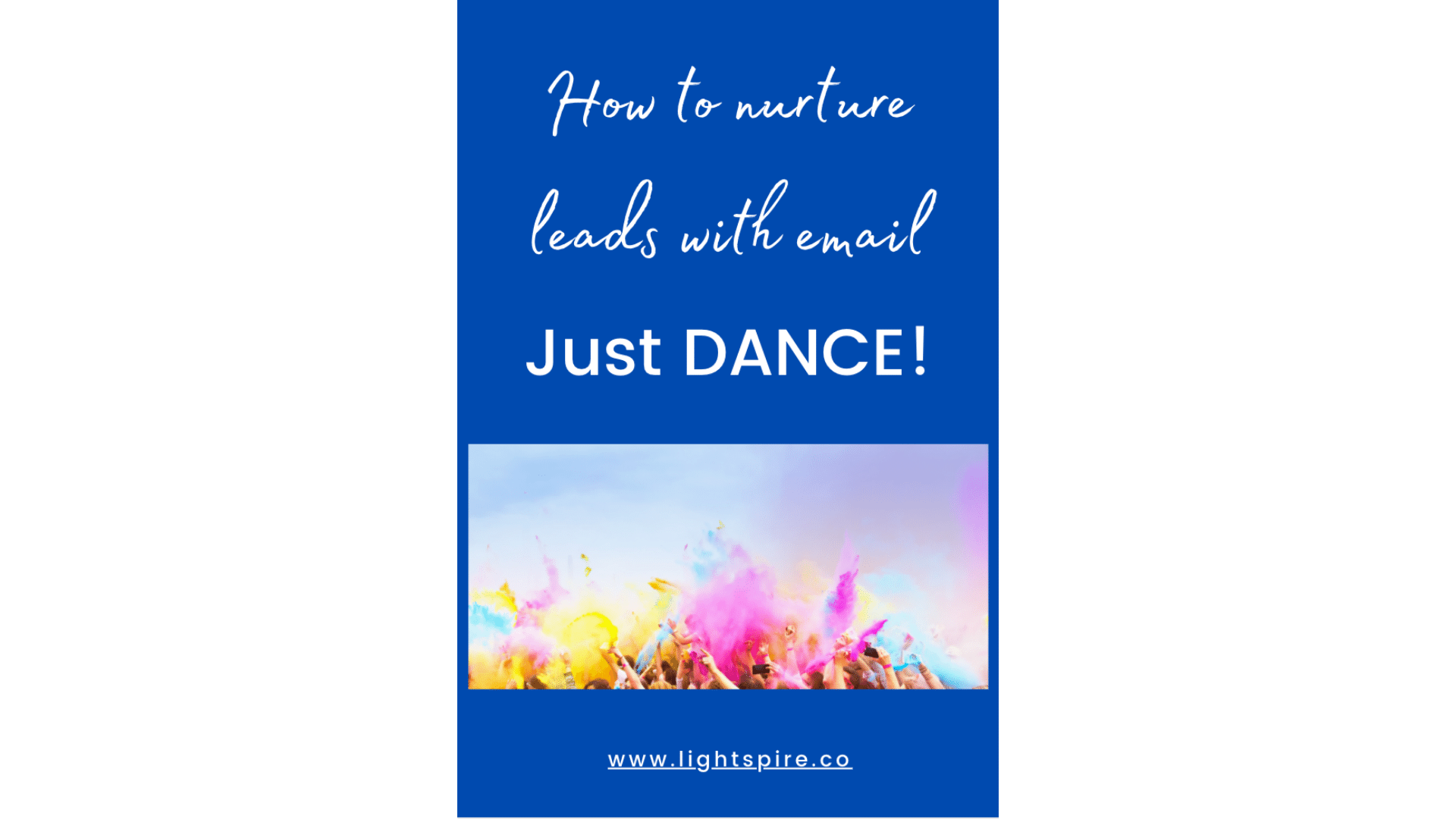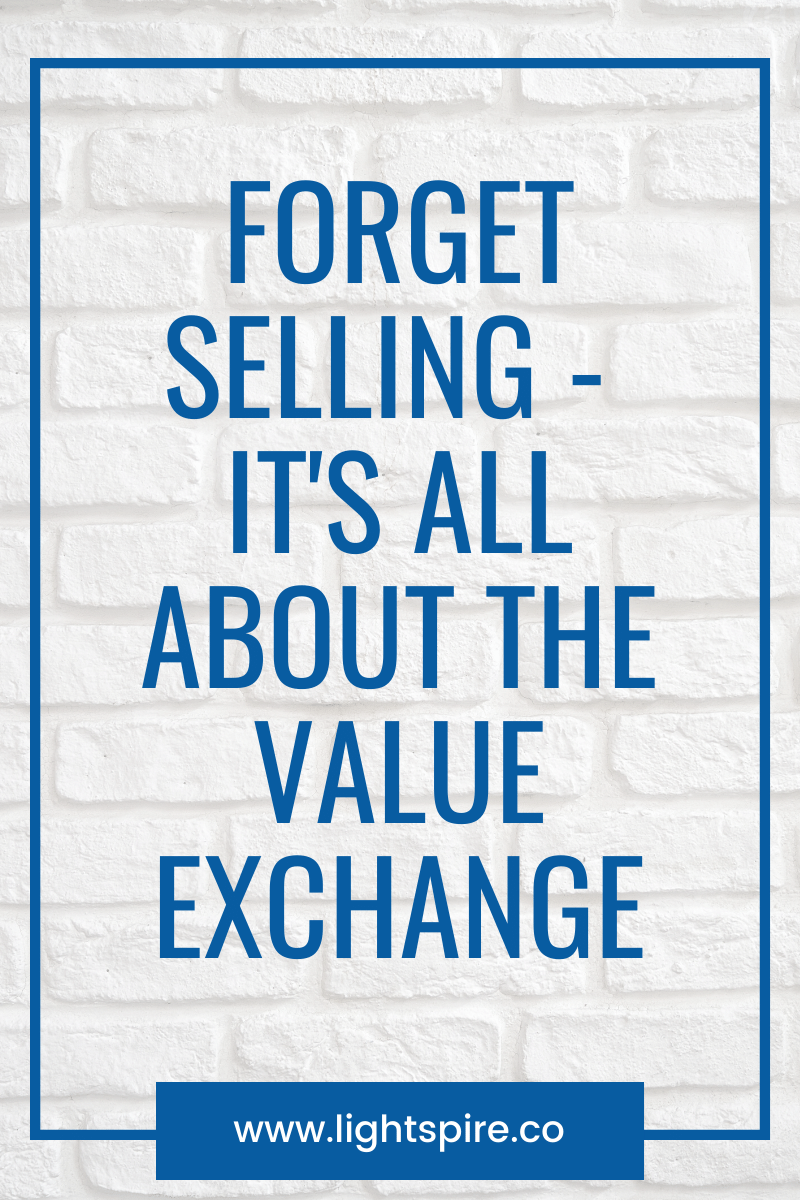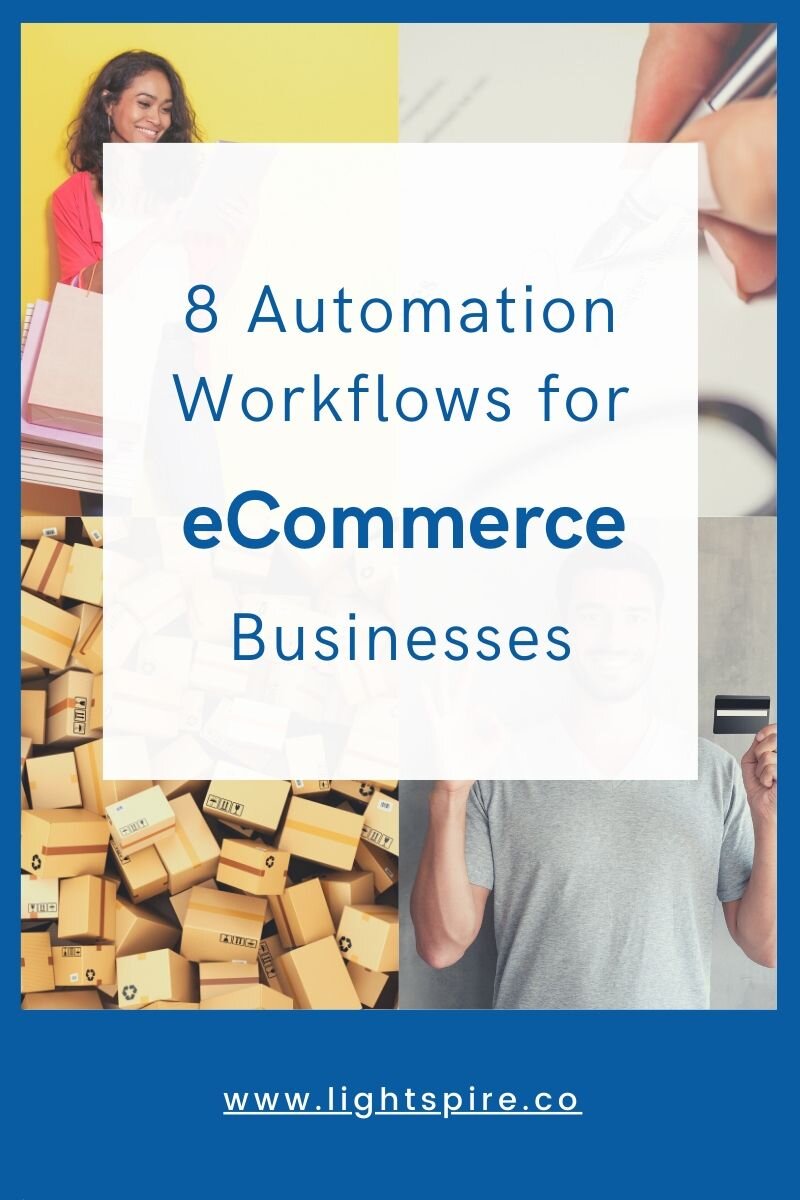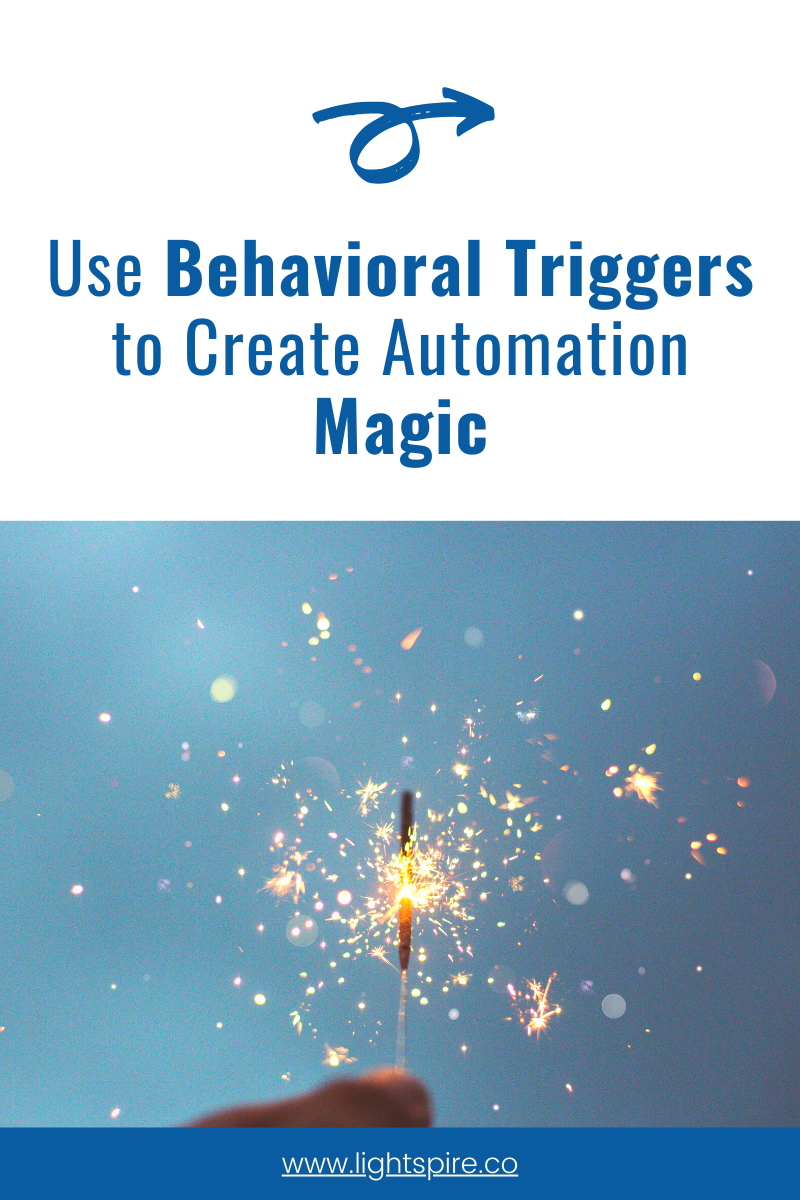6 Simple Automation Workflows for Coaches and Consultants
If you’re running a coaching or consulting business, you are likely juggling a few thousand things on any given day. Ok, maybe a slight exaggeration, but it can definitely feel overwhelming as all of your competing priorities stack up. You’re of course speaking with clients, but you’re also marketing, sending invoices and contracts, engaging in sales activities to bring in new business, and networking with other professionals. If you’re like me, you’re constantly on the lookout for new ways to streamline and make your work a little bit simpler.
I’m about to make this really easy. I’m going to show you some of my favorite workflows and automations that I use as an automation coach, course instructor, and startup strategist.
You likely already know many of the benefits of marketing automation, but for coaches and consultants there’s an even bigger benefit than the ones I normally speak about: leverage. As Archimedes said, “Give me a lever long enough and a fulcrum on which to place it, and I shall move the world”. That’s the power of marketing automation for your business. Automating key processes that you do all the time lets you do so much more with less. You’ll be getting the work of at least 3 or 4 people done, and only need to make small changes to each workflow over time to make them better and better.
But where do you start? Maybe you’ve figured out the best way to segment your audience already, and you have a good idea of your marketing funnel and how customers move through it. Next step - workflows!
Below are six simple automation workflows that you can use right now in your coaching or consulting business. They cover everything from email list building and onboarding to courses, events, and webinars.
The Lead Magnet Flow
Lead magnets draw new people in to your email list so that you can reach out to them in the future
Lead magnets are useful resources or content that your audience opts in to receive. They’re a great way of building your email list, as most people are happy to trade their email address for a great resource (and will be happy to receive further high quality resources from you in the future). Many coaches and consultants develop different lead magnets for different segments of their audience, so you may end up with several versions of this workflow. Just make sure to add a step that tags users in your CRM with which download they opted in for, so that you can later use those segments to provide relevant content.
This workflow usually drops customers into a nurture sequence that follows up on the lessons from the lead magnet. I like to work backwards for this. For instance, if your ultimate goal is to sell your “30 days to mindful nutrition” coaching package (imaginary, but sounds fabulous), then you could design your nurture sequence to build up the questions, pain points, and needs that someone would need to have to buy that course. So maybe you include nurture emails on “incremental diet changes”, “why mindful eating makes diet changes last”, and your “top 5 tips for bringing awareness into your diet”. Ok, so now I’ve established the benefits and basics for my mindful nutrition program, and should have people ready to think about a coaching package. Working backwards one more step, I need to bring my audience from awareness to consideration. Maybe a downloadable pdf of my “top 5 recipes for mindful eating”?
Working backwards with your lead magnets from the end goal can give you a really idea of what to provide - and as always, you can ask your customers what they want to see!
The Contract Flow
Save time and headaches on the initial proposal and contract process with The Contract Flow
Before a prospect becomes a client, most coaches have some form of contracting workflow. Individual steps will of course vary, but usually include a discovery call of some kind, a proposal, a contract (sometimes combined with the proposal), and a first invoice. This administrative flow can be simplified and sped up with the addition of automation. After the discovery call, the coach simply needs to enter relevant information into their CRM, including project length, project type, and any other details they’ll need to generate a proposal and invoice. If they break their services up into packages this can be as simple as choosing the package, which would then generate the rest of the necessary information. This information is pulled into the proposal, contract, and invoice, and sent automatically in sequence as the client completes the necessary steps. At the end of this the “prospect” is officially tagged as a “client”, and the onboarding can begin!
The Onboarding Flow
Most coaches have some onboarding process for their clients, but the best ones have a process that gets the client excited about the coaching process, sets expectations appropriately, and ensures that both the coach and the client are ready to get started, all while making the coach look professional and prepared. That’s a lot to ask of a welcome email, and one giant email with all that information could be overwhelming for the client. This onboarding flow is put together from my own client onboarding, as well as a few wonderful coaches and consultants with larger teams and more formal onboarding needs.
If you’re ready to create a more nurturing, customized email experience for your subscribers, you’ve come to the right place. Take my free 7 day email course to learn how to create true value for your subscribers and turn them into buyers.
As soon as you tag a prospect as a client in your CRM, either as a result of your contract workflow or because of a manual switch, a welcome video is sent to the client. This is a great way to start things off, as you can inject lots of energy and excitement into the video and talk authentically about how you like to work with clients and why you do what you do. Next comes the “what to expect” email with information on the coaching process, what your client will gain from the experience, and how to reach you with questions. You can then introduce your team (if it’s more than just you) and explain who to reach out to for different kinds of support.
Next is an invite to any private support groups you may have, a summary of your schedule with the client, and then an email listing anything that you need from them to get the process started. Finally, the “all in one place” email summarizes all the information from throughout the onboarding process, so that the client (literally) has it all in one place. This email would be overwhelming if sent at the beginning of the process, but at the end it’s a great way to summarize and highlight key points.
The Course Sales Flow
If you’re a coach or consultant, there’s a good chance that at some point you’ll create an online course to share your expertise with the world. This flow follows a simple customer journey from your website, through a lead magnet like an ebook, and then to your sales page. Depending on the time and money commitment required for your course, you may need more steps or additional pieces in your workflow to inform your audience about course benefits and get people excited. Some steps you could include after the eBook download would be a mini-course delivered through email, a video series highlighting benefits and case studies from your course, or a webinar teaching a small part of the course and then encouraging viewers to sign up for the full course.
The Event Sales Flow
Events are a big part of marketing and branding for many coaches, especially those in executive coaching, wellness, and entrepreneurship. This flow is designed for marketing an event that you’re hosting, but it can easily be adapted to raise awareness for an event you’re attending, speaking at, or sponsoring. I like to set my event automations to end right before the event starts, with a hard stop on all of my triggers at that point. That way, you can continue reaching out (in an automated way) to anyone who hasn’t yet signed up without worrying that your email will go out after the signup window closes.
The “top” path above, where the customer purchases an event ticket, then leads into a separate flow where the person is given all the necessary information for the event, encouraged to share it with others, and any other calls to action that are important for your event. Keeping the “event interest” and “event purchase” tags separate means that you can identify members of your audience who might want to get involved the next time you do a similar event, or who may be swayed by a discount code for other events in the future.
The Webinar Flow
Webinars are a great way of engaging with your audience, sharing your expertise, and booking new clients for coaching and consulting services. This flow takes your audience from the signup process through a couple of reminders, and through the sales process afterwards. As with your course workflow, you may need more steps before or after the webinar depending on the commitment needed for both the webinar and for the pitch (whatever you’re asking at the end of the webinar).
You can use these workflows on any automation platform, or automate them yourself with a mix of tools integrated with a tool like Zapier. No matter which way you choose to automate, these flows should help to streamline and formalize your process, and hopefully bring in lots of new business!
Ready to unlock the benefits of automation for your business? Check out my Mastering Marketing Automation course. We take a deep dive into the strategy behind automation, as well as the day-to-day techniques you can use to automate your email, social media, and more.








